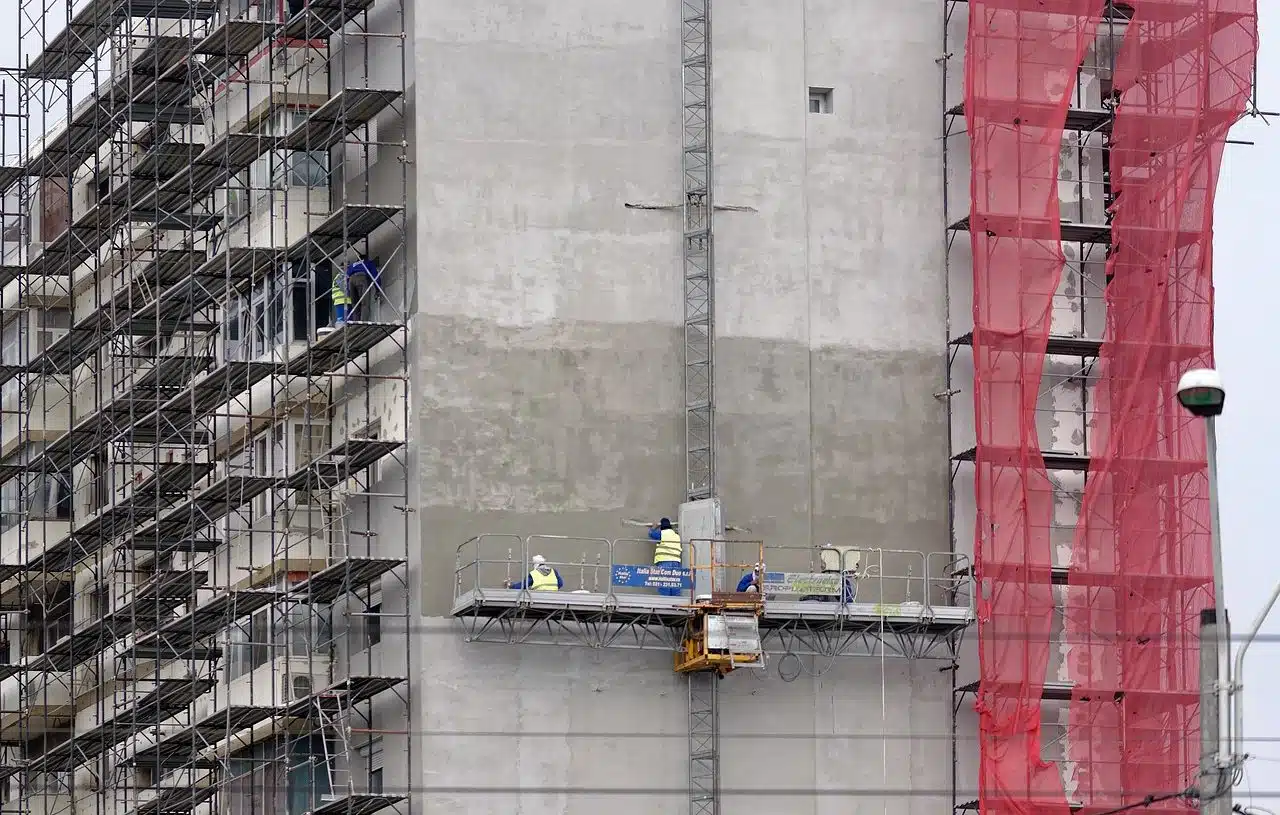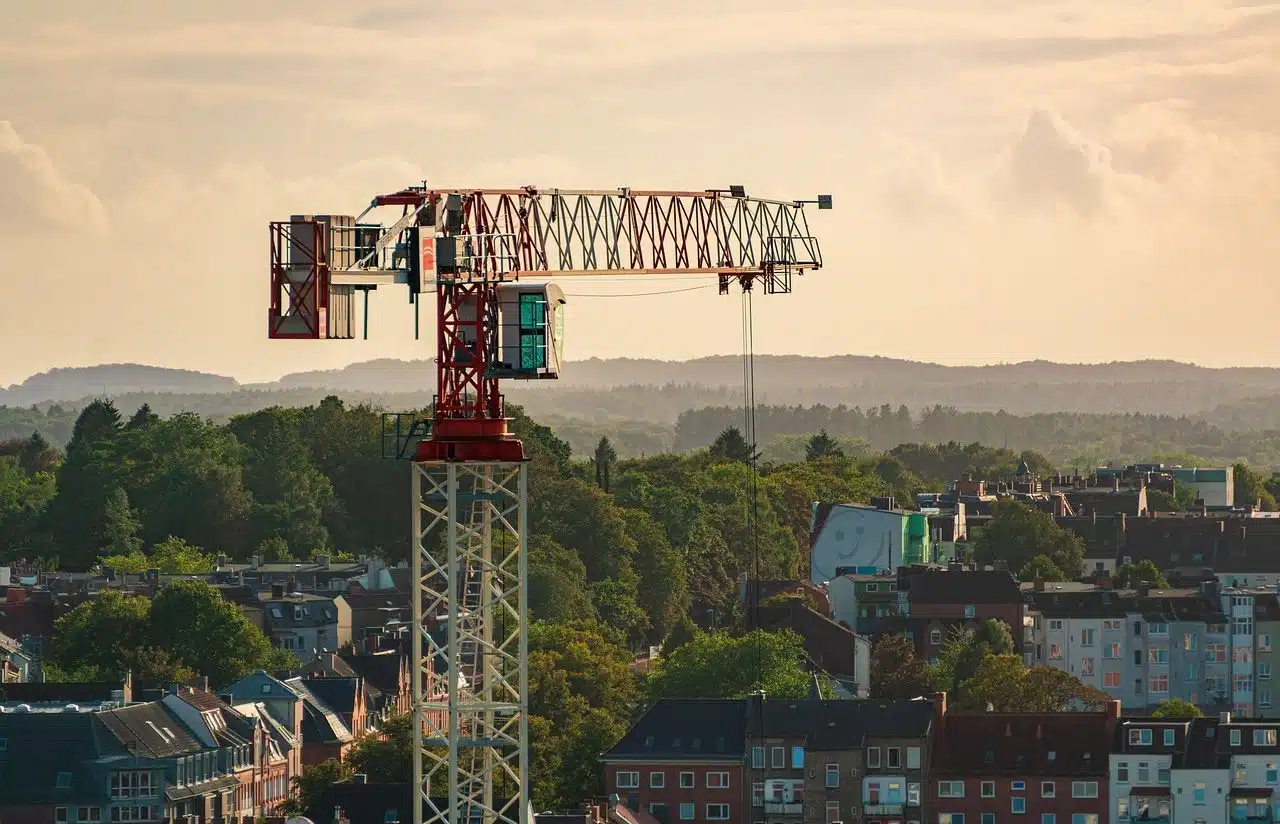
Urban renewal involves changes in buildings and public spaces.
Urban renewal is the initiative or process that seeks to modify the infrastructure and buildings of a city . This type of entrepreneurship is carried out when the city in question becomes old and can no longer meet the current demands of the population.
It should be noted that renewal is the action and result of renewing (leaving something as new, returning it to its original state, replacing something old with something new, restoring what was interrupted). Urban , for its part, is what is associated with a city (an agglomeration of buildings and inhabitants that functions as an administrative unit and whose economy is based on non-agricultural activities).
Development of an urban renewal
Urban renewal may involve the removal of old buildings and the construction of new ones , or the remodeling and restoration of existing buildings . Suppose that in a town with low-rise houses there is a notable housing deficit due to the increase in population. To alleviate this problem, the authorities decide to develop urban renewal and begin to build large towers so that people have access to housing .
The creation of green spaces can also be part of urban renewal. In a neighborhood where dozens of skyscrapers have been built in the last decade, squares and parks may be needed to improve the quality of the environment and to offer residents recreational spaces.
The creation of new streets, the widening of avenues and the installation of lighting are other decisions that can be part of an urban renewal project .

The construction of buildings can be part of urban renewal.
The origins
Urban renewal dates back to the early days of the industrial city , which emerged as a consequence of the Industrial Revolution and was characterized, in part, by the increase in its population, the appearance of public transportation , the extension of the city by means of communication routes, the replacement of the old walls with boulevards and, no less important, the creation of the elevator, which allowed the construction of taller buildings.
A large part of the medium-sized cities of the West underwent some type of sanitation or rehabilitation work in their working-class neighborhoods throughout the 19th century , and in all cases one of the most important points was the decision to tear down the walls . On the other hand, communication axes were also opened and the streets were expanded to give way to wide avenues that facilitated the transit of pedestrians and carriages.
The scope of urban renewal should not be underestimated, reducing it to a mere facelift of a city focused on aesthetic issues. On the contrary, this complex operation that began a few centuries ago was part of well-defined strategies that aimed at the revaluation of entire neighborhoods and gave rise to economic activation and various aspects of social development .
Urban renewal today
Currently, urban renewal usually takes place in urban centers, since that is where the oldest and least prepared neighborhoods are located to face the social and economic demands of the current times. It is important to note that the budget necessary for an action of this type is considerable and that the investment is not always recovered.
A phenomenon that public administration must take into account when devoting its efforts to urban renewal is the "contagion effect" , which describes the ambivalence of two neighboring real estate properties in terms of their value : if one is maintained in perfect state but the other deteriorates, the latter negatively affects the first, while if both are maintained they mutually benefit.
